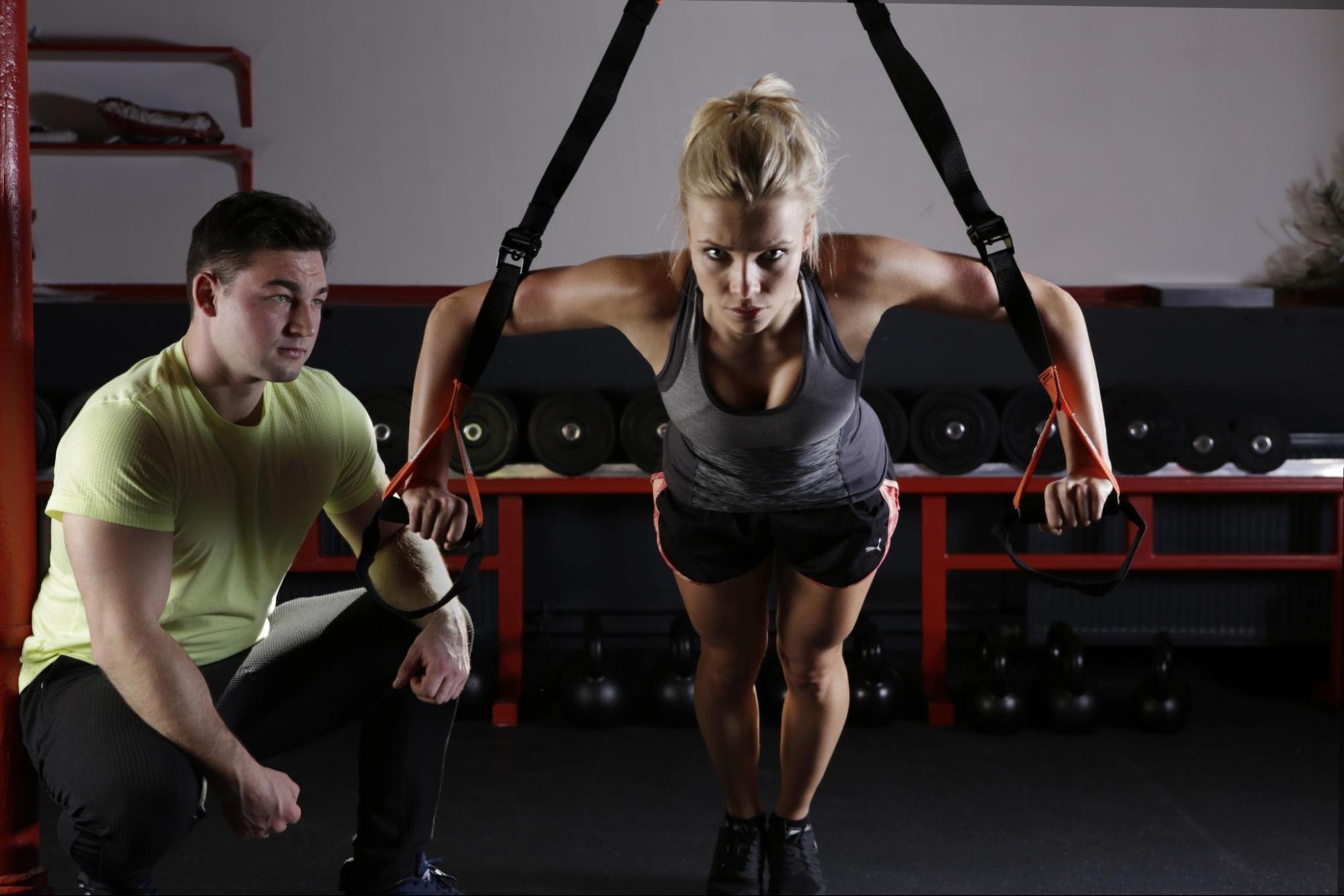In the fitness industry, functional strength training has become a trendy buzzword. Regrettably, it can also be interpreted broadly. Then, what exactly is functional strength training? Some individuals assume they are training functionally by simulating high-level competitive athletes' explosive, ballistic actions. All too frequently, however, such training plans significantly surpass the physiological capacities of the average exerciser, hence increasing the likelihood of damage. Most would agree that an injury resulting from incorrect training serves no practical use.
What Is Functional Strength Training
As its name implies, functional strength training enhances your body's ability to do everyday tasks, such as carrying groceries into the kitchen or climbing stairs. While all kinds of strength training are theoretically functional, enhancing your health and capacity to accomplish daily tasks, this specific genre involves more dynamic, full-body movements than traditional strength training, such as performing jump squats rather than leg presses. Functional training engages many muscles in a single exercise, which improves strength, endurance, core stability, and balance.
Related Link: How to Make Yourself Full Without Food
Moreover, functional strength training equipment is more extensive. In a functional workout, you can utilize dumbbells, kettlebells, bands, sandbags, medicine balls, bodyweight, or a combination of these. Simple exercises such as side lunges, planks, and push-ups engage several muscle groups to build total-body strength. You can also add weights or combine parts of these fundamental exercises to create more complex routines, such as burpees, renegade rows, and lunges with a rotation.
What does Functional Strength Training Entail?
Functional strength training entails more than simply boosting the force-producing capacity of a muscle or muscle group. Instead, it necessitates training to improve the coordination between the neurological and muscle systems.
Functional strength training entails completing work against resistance in such a way that the strength increases immediately and enhances the performance of movements, making an individual's activities of daily living easier to perform. By impacting the entire neuromuscular system, the primary objective of functional training is to transfer the gains in strength acquired in one action to enhance the performance of another activity.
Related Link: Why Is My Body Holding Onto Fat? Stop the Fight
With functional training, training the specific movement is just as important as training the muscles involved in the activity. The brain, which governs muscular action, thinks about entire movements rather than individual muscles.

The Components of Functional Training
When it comes to functional training, the components of coordination, movement velocity, and range of motion make up an integral part of any successful strength workout. These aspects must all be considered separately to ensure the best possible outcome when it comes to functional movements. Exercises that most closely resemble actual movements and activities will usually have a greater transfer impact than those that do not. However, no matter how close the functional training exercise is to the actual activity or movement, simply doing its related activities is not enough. It takes practice with repeated execution of the correct form in order to achieve expert-level performance in any functional activity.
Do you have any questions about our all-natural performance gummies? Contact HUMBLEROOTS today!
Are Traditional Machines Good For Functional Strength Training?
Because they isolate muscles in a stable, controlled environment, most traditional machines tend to fall on the lower end of the functional-training spectrum. Traditional, machine-based workouts may not be the most effective way to transfer performance from the weight room to the real world, but that does not imply they should not be included in a training program.
For instance, "non-functional," single-joint training can play a crucial role in helping to restore appropriate muscle balance by strengthening a "weak link." In addition, this exercise can allow an individual to participate in functional-training exercises more securely and effectively while lowering the risk of injury.

It is essential to remember that functional training is not an all-or-nothing idea. There exists a continuum of usefulness. The only genuinely functional exercise is the activity for which one is preparing. So, individuals should not rely on a particular set of workouts. People should utilize all of their training weapons. Functional strength training should complement conventional strength training, not replace it. Functional strength training may provide workout variation and other advantages that more immediately translate into improvements in real-world activities when implemented correctly.
Looking for performance-optimizing gummies to help you achieve your fitness goals? Learn about HUMBLEROOTS today!
Cautions For Functional Strength Training
Functional strength training is a strenuous exercise that should be handled with prudence. Preventing injury involves high-intensity levels, core stability, and basic safety procedures. Before beginning a functional strength training program, one must be familiar with the fundamental exercises and comprehend the concepts of progressive overload. This guarantees that health and safety are maintained over time while permitting steady growth and challenge. In addition, body mechanics should be considered when performing functional strength training exercises, maintaining proper form as weight or repetitions increase. Observing these precautions while introducing functional strength training into one's physical fitness regimen can assure health and progress.
Functional Strength Training
Functional strength training is essential to any strength and conditioning regimen designed to improve overall performance. It requires demanding muscles to collaborate to improve total-body strength, coordination, and balance. This exercise requires the mind and body to collaborate, making it ideal for enhancing mental and physical fitness. It can also lower the chance of damage during sports and other physical activities by fortifying the body's weak regions. Functional strength training can boost activity satisfaction and performance outcomes when performed correctly. To get the most out of a functional strength program, be careful to warm up and cool down correctly before and after each session. Visit our website to see how our supplements can improve your energy, sleep, and stress levels, allowing you to accomplish even more functional mobility feats!
Related Link: Lower Back Fat: How to Get Rid of It



